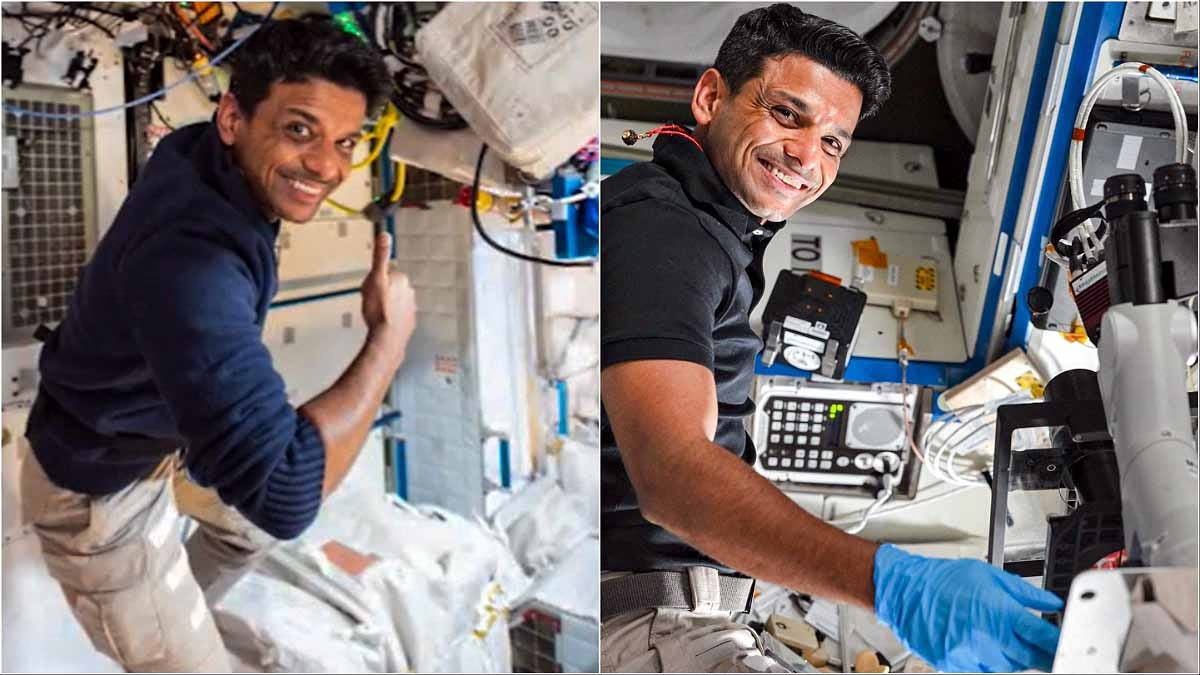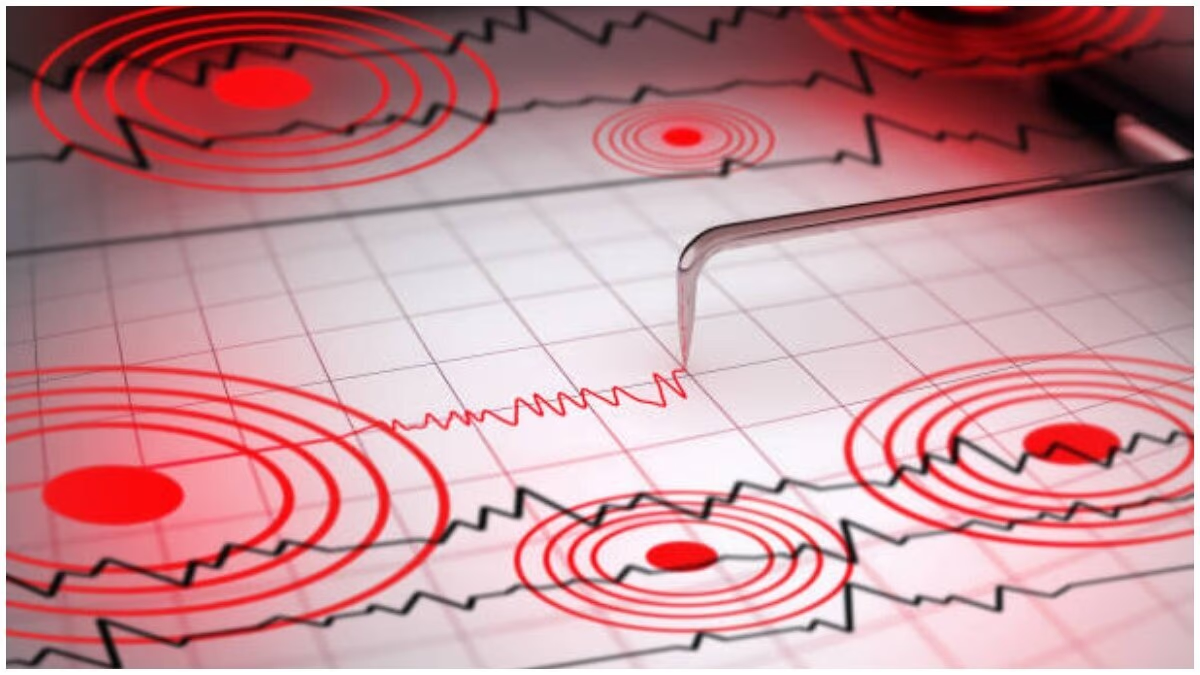Space has been explored for decades, yet it remains a mysterious frontier. Astronauts continuously venture into space to seek potential life forms or habitats. Although they are kept under strict safety and precautions, what occurs if an astronaut's health declines? Are advanced medical facilities available, or is returning to Earth the only option?
Healthcare Arrangements in Space
The International Space Station (ISS) is equipped with medical kits containing primary care necessities like painkillers, fever reducers, and anti-nausea medications. Devices for monitoring blood pressure, sugar levels, and alternative medicines are also provided. For minor wounds, cleaning arrangements and specific antibiotics are available.
Who Provides Medical Care?
Every crew member receives basic medical training, including CPR, to assist in emergencies. A designated member, akin to a medical officer, receives more in-depth training to manage emergencies unless severe.
Telemedicine Support
If a situation becomes critical and the crew is overwhelmed, online support through telemedicine is available from Earth-based doctors via live video, guiding them on the best practices. Astronauts must regularly update their health status, which is monitored on Earth.

Source: aajtak
If These Measures Don't Suffice
The primary aim is to stabilize the patient on-site. Only the physically and mentally robust undergo rigorous training to deal with minor issues efficiently. However, if zero gravity or an incident exacerbates health conditions, the space medical team evaluates immediate treatment feasibility or devises a contingency return plan if necessary.
Emergency Return to Earth
- The ISS hosts a life-support spacecraft ready for emergency return. - Returning from the space station to Earth typically takes 3-6 hours and could extend to 24 hours. - Landings occur in Kazakhstan's vast steppe terrain, where Russian rescue teams stand ready. - Post-landing, the medical team transports the patient to a nearby hospital or airbase for stabilization before proceeding to a larger facility.
Why Kazakhstan's Steppe?
Remote landing sites, like the expansive, vegetation-free steppe, lessen crash risks even if slightly off-course. Favorable weather and accessible rescue operations make it ideal. Since the USSR era, Kazakhstan has served as a backup landing zone.

Source: aajtak
Safety of Impromptu Earth Return
Contingency reentries undergo extensive safety preparations, and rescue teams immediately respond upon landing. Despite precautions, each landing encompasses inherent risks.
Past Space Incidents
In 2013, European Space Agency astronaut Luca Parmitano experienced a spacewalk mishap when water filled his helmet. Misjudging it as sweat, he found water nearing his nose, threatening his breathing.
Zero gravity prevents water flow, causing a bubble-like cling to the face. This meant potential underwater suffocation inside his helmet. Promptly alerted, he navigated back to the station despite limited visibility, receiving first aid thereafter. Such incidents prompt significant improvements.
Health Challenges in Space
Minor ailments are frequent, occasionally escalating. In the 1980s, a Soviet cosmonaut developed a prostate issue, requiring early return. Additionally, astronauts have faced dental pain and infections, manageable on-site.




